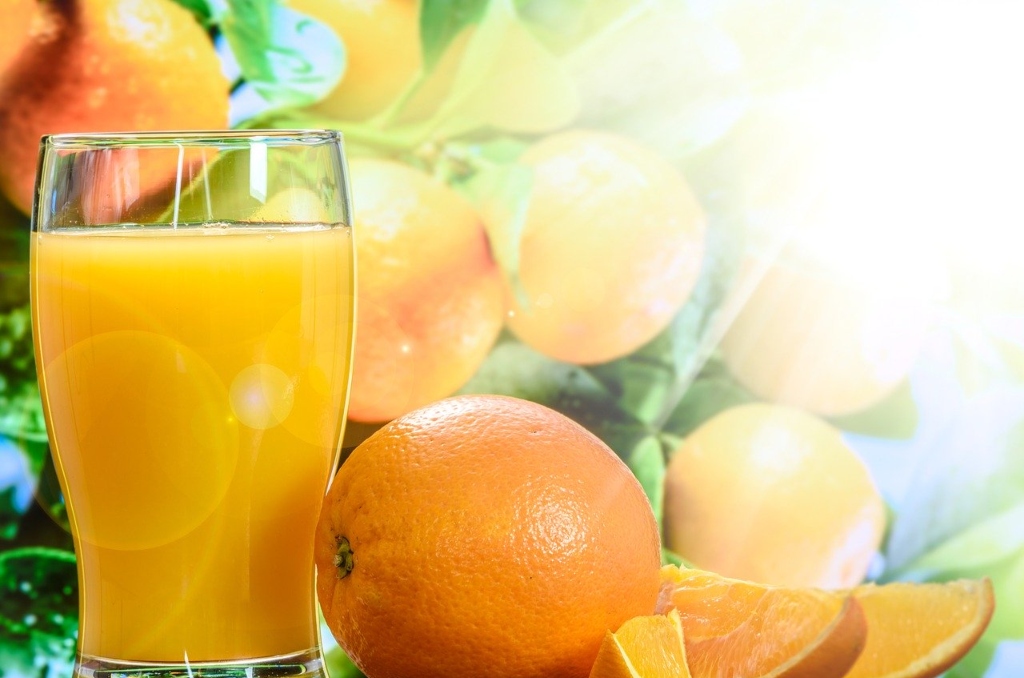Image by Photo Mix from Pixabay
In honor of its 100th birthday in Florida, we are celebrating the Temple tangor, also known as the Temple orange. The tangor name comes from the “tang” in tangerine and “or” as in orange. The tangor is a citrus fruit hybrid of the mandarin orange and the sweet orange.
The temple orange was discovered in Jamaica in the late 1800s and ultimately found its way to Oviedo and later Winter Park. Once in Winter Park, it came into the hands of W.C. Temple, the former manager of the Florida Citrus Exchange. He introduced the Temple into the marketplace around 1919 to 1920. Though Temple has a unique mandarin/orange flavor, it provided a mid-season variety that consumers would perceive to be a peelable orange. Its popularity grew, and Florida peaked at approximately 20,000 acres. Records show harvest seasons of more than six million field boxes.
There are many different types of the Temple presently or historically grown in Florida: The original or Standard Temple, the ‘Fertic’ (a low-scab selection entered by Dr. Bill Castle), the ‘Sue Linda’, and the ‘Thoro’. Various market names have been assigned over time, and the Temple’s official uses and classification have changed from orange, to a unique citrus category all its own, to present-day tangerine/mandarin status. Temple also has been used extensively inbreeding.
The Temple orange’s high seed count was detrimental to its success. The fruit could produce up to 40 seeds per fruit. But, in its heyday, consumers had not yet developed an infatuation for seedless and low-seeded fruit.
Availability of more convenient, later-maturing, easier peeling, seedless navels (mostly from California) quickened its slide into consumer disfavor. Its unique flavor and appearance made the success of the Temple orange unsuccessful. The fruit’s unusual seedlessness and the fact that not a lot of people knew what it was exactly contributed to it not being very successfully mass-produced.

Recently, news came out that Florida’s citrus growing season ended on a sour note, with production of the state’s signature orange crop down about 6 percent from the prior season. The U.S. Department of Agriculture on Friday, June 10 released final numbers for the 2019-2020 season, with growers filling 67.65 million 90-pound boxes, the industry-standard measurement. That number was below the 71.85 million boxes filled during the 2018-2019 season.
The industry entered the 2019-2020 season with an optimistic tone, expecting to continue a rebound after a disastrous 2017-2018 season in which Hurricane Irma reduced production. The state, however, saw upticks during the 2019-2020 season in grapefruit and specialty crops. Grapefruit production in Florida ended with 4.85 million boxes, an increase from 4.51 million boxes in the 2018-2019 season. Specialty citrus, primarily tangelos and tangerines, finished at 1.02 million boxes, up from last year’s total of 990,000 boxes.
Researchers across the nation are using genetic material to figure out how to save American citrus. Others are busy preserving plant cuttings in a tundra-like, tornado-proof vault in Colorado that could rebuild the nation’s citrus groves if disease does indeed wipe them out.
Melissa’s career in writing started more than 20 years ago. Today, she lives in South Florida with her husband and two boys.

